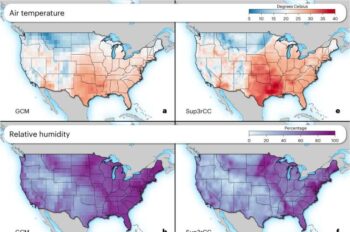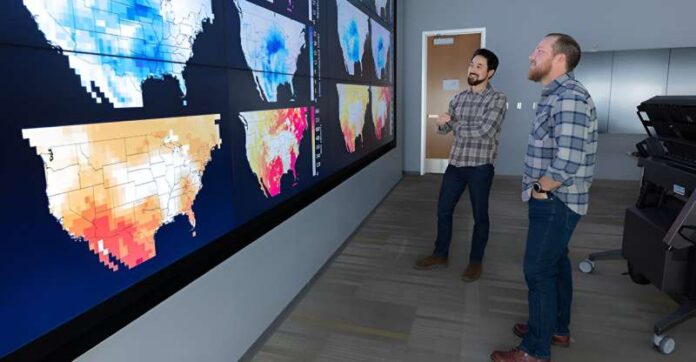The tool harnesses generative machine learning to provide unprecedented high-resolution climate data. It promises to transform how we forecast energy demands and optimise renewable resources in the face of climate change.

As the global shift toward renewable energy sources like wind and solar intensifies, so does the need for advanced data to manage the interplay between weather conditions and energy systems. According to researchers at the U.S. Department of Energy’s National Renewable Energy Laboratory (NREL), extreme weather events—now more frequent due to climate change—are impacting energy demands and resource availability.
NREL scientists, including Grant Buster, Brandon Benton, Andrew Glaws, and Ryan King, have developed an innovative solution named Super-Resolution for Renewable Energy Resource Data with Climate Change Impacts (Sup3rCC). Detailed in a recent Nature Energy journal article, this tool utilizes generative machine learning to produce high-resolution climate data, enhancing the understanding of how climate change could affect renewable energy sources and energy demand.
Sup3rCC addresses a critical gap in current energy and climate research, which often operates in isolated silos. Traditional global climate models, although extensive, do not offer the detailed resolution necessary for precise energy system modeling and are costly to enhance. These models frequently omit specific outputs vital for assessing renewable energy generation.
This new model represents a significant advance in the field by producing physically realistic, high-resolution data about 40 times faster than traditional methods. By leveraging generative adversarial networks (GANs), the tool efficiently enhances the spatial and temporal resolution of climate data, which is essential for modeling the future of renewable energy generation and demand.
The model’s capabilities have been showcased through data sets ranging from 2015 to 2059 for the contiguous United States, with plans for more extensive releases. Its outputs are compatible with other tools by the company, like the Renewable Energy Potential (reV) Model, and are accessible on Amazon Web Services, enabling researchers and planners to perform comprehensive studies on potential climate scenarios and their impact on energy systems.
According to Dan Bilello, director of the Strategic Energy Analysis Center at NREL, Sup3rCC will revolutionize the planning of future energy systems by providing foundational data that can influence decision-making processes crucial for maintaining reliable energy supplies.
References:Grant Buster et al, High-resolution meteorology with climate change impacts from global climate model data using generative machine learning, Nature Energy (2024). DOI: 10.1038/s41560-024-01507-9






































































